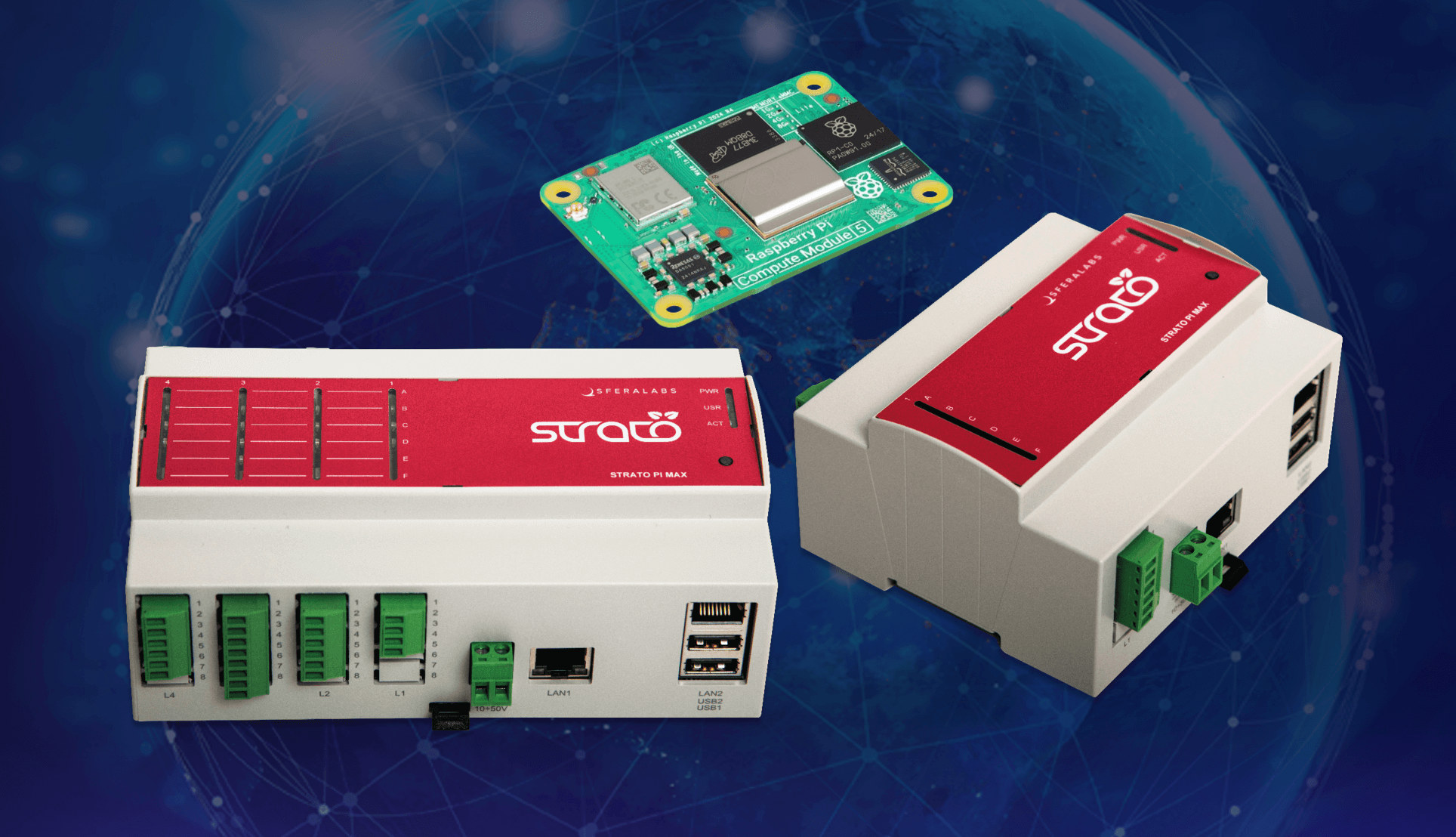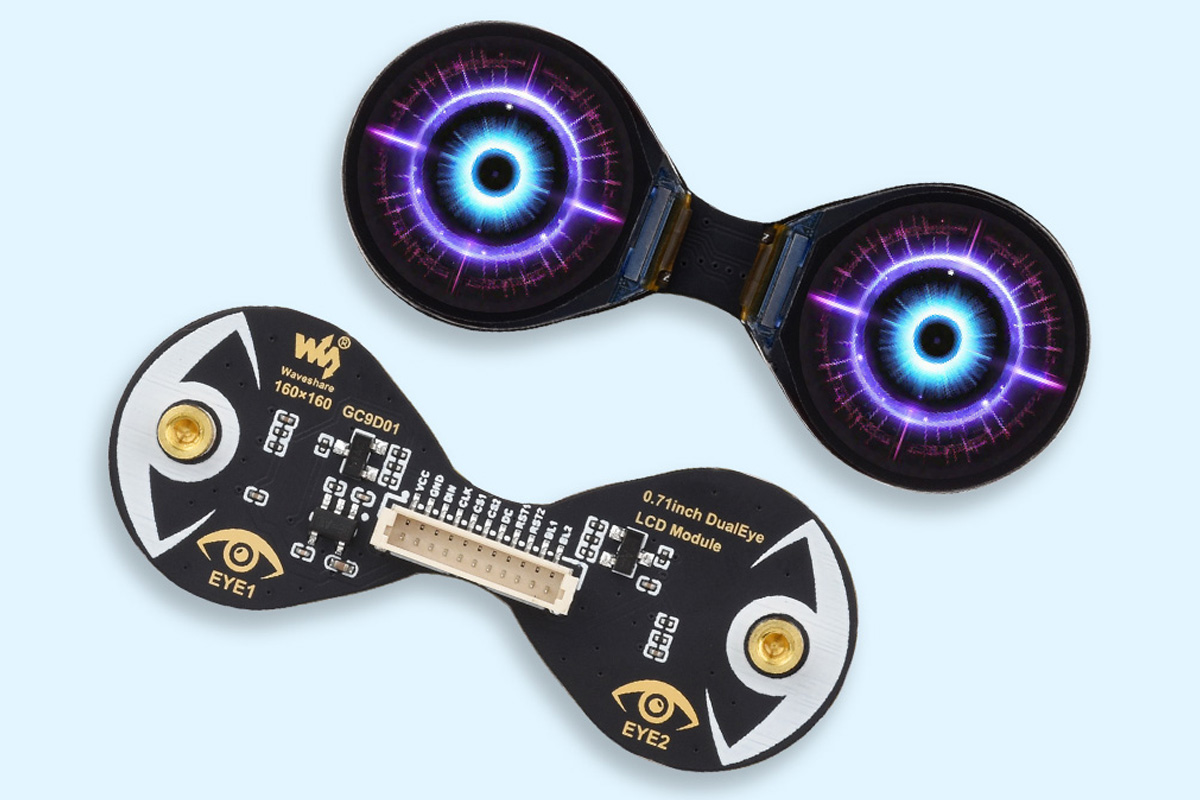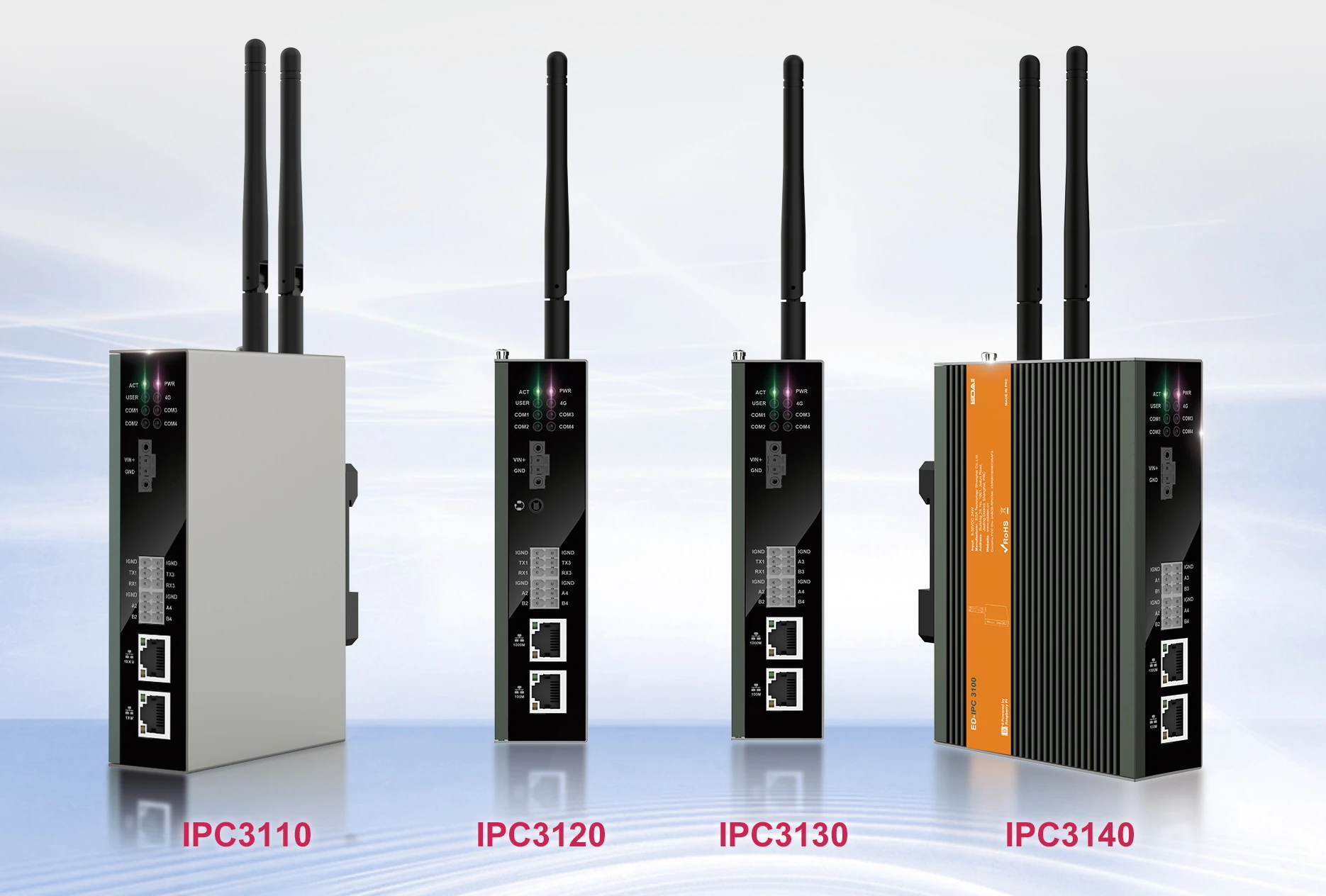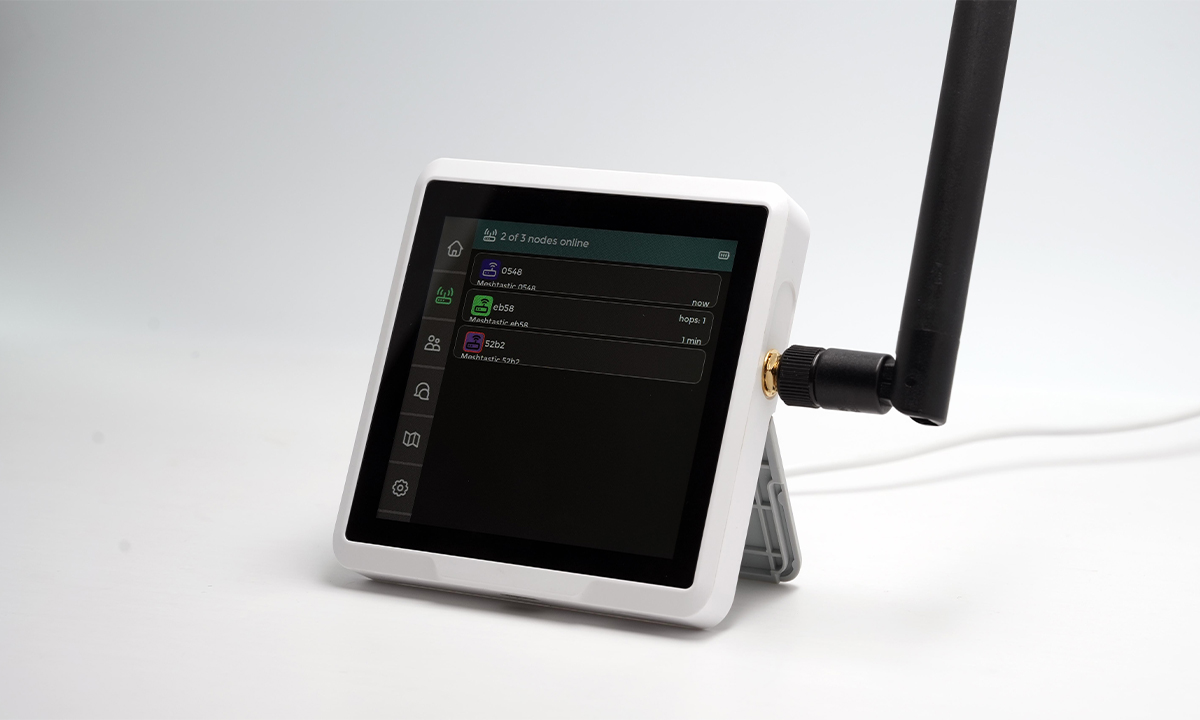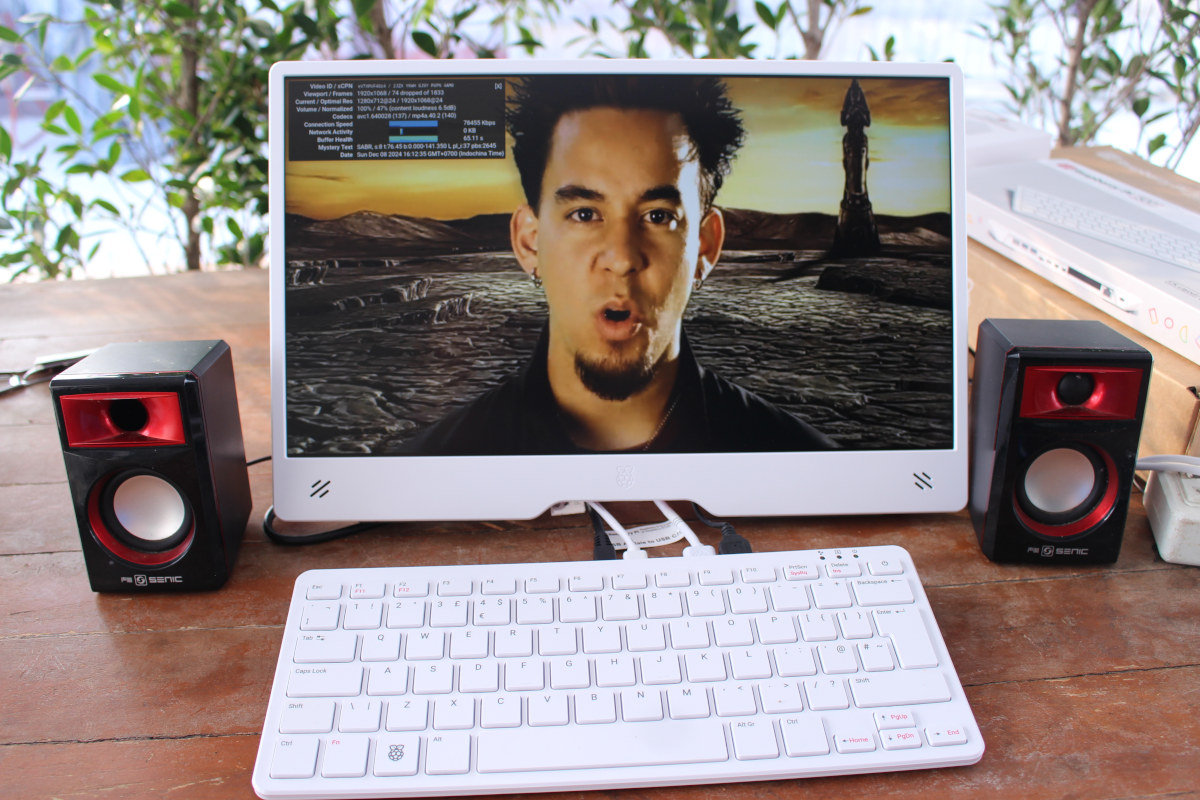4D Systems, an Australian company specializing in intelligent display solutions, has released Raspberry Pi RP2350-powered display modules with touch and non-touch options. The display modules are available in eight different sizes from 2.4-inch to 9.0-inch and different resolutions from 240×320 up to 800×480 pixels. They are “Powered by Raspberry Pi”-certified and leverage the Raspberry Pi RP2350’s dual-core architecture and security features for “secure, professional-grade applications that require modern UI”. 4D Systems is well-known for its high-quality displays designed for developers looking to create sophisticated user interfaces in embedded systems. There are four touch panel options for each gen4-RP2350 display module: non-touch, resistive touch, capacitive touch, and capacitive touch with a cover lens bezel (CLB). The gen4-RP2350 series also features a 30-pin FPC/ZIF socket to fit a 0.5mm pitch FFC for connecting a motherboard or accessory board. We have already covered Waveshare’s RP2350-LCD-1.28 display module but the gen4-RP2350 display modules are […]
15 Euros Olimex RP2040pc Raspberry Pi RP2040 computer board supports Apple and Oric Atmos emulation
Olimex RP2040pc is an inexpensive “all-in-one” computer board based on a Raspberry Pi RP2040 MCU with support for Apple //e, Apple ][+, and Oric Atmos emulation through the Reload emulator. The board features an HDMI port, stereo audio, four USB ports, and two UEXT expansion connectors. It’s not quite the first RP2040 retrocomputing board from Olimex, as they introduced the RP2040-PICO-PC in 2021 with an HDMI port, a 3.5mm audio jack, and a microSD card slot before launching the Olimex NEO6502, which combines a MOS6502 MCU for Apple II, Oric, and Commodore 64 emulators with an RP2040 for HDMI/DVI video output and a few other things. The RP2040pc is similar to the latter, but with more ports and features, and everything is handled by the Raspberry Pi RP2040 microcontroller. Olimex RP2040pc specifications: Microcontroller – Raspberry Pi RP2040 dual-core Cortex-M0+ MCU @ 133 MHz with 264 KB SRAM Storage – 16MB […]
Sfera Labs Strato Pi Max DIN rail industrial controllers now support the Raspberry Pi Compute Module 5
The Raspberry Pi Compute Module 5 (CM5) was launched at the end of last month, and we are starting to see companies slowly announce upgraded CM4 designs. Yesterday, we wrote about EDATEC ED-IPC3100 DIN-Rail mountable industrial computers, and today, we’ll cover Sfera Labs’ addition of the Raspberry Pi Compute Module 5 to their Strato Pi Max DIN rail industrial controllers. The controllers still feature a gigabit Ethernet port, a 10/100M Ethernet port, two USB 2.0 ports, a Raspberry Pi RP2040 microcontroller for power management and boot sequence control, and support expansion modules for up to sixteen RS-485 or RS-422 ports, four CAN V2.0B ports, digital and analog I/O, and more. Strato Pi Max specifications (as of December 2024): Base Module Raspberry Pi Compute Module 5 Raspberry Pi Compute Module 4 Zymbit SCM options. Microcontroller – Raspberry RP2040 dual ARM Cortex-M0+ at 133 MHz. Storage – eMMC, microSD (dual for XL), M.2 PCIe […]
Waveshare Double Eye LCD module is a high-tech alternative to googly eyes
Waveshare has recently launched the Double Eye LCD module (also known as the 0.71inch DualEye LCD module), a high-tech alternative to googly eyes, with two 0.71-inch round IPS displays with 160×160 pixels of resolution and 65K color depth. It uses the GC9D01 driver and communicates via an SPI interface. The module operates at a 3.3V or 5V and is designed so that both ESP32 and Arduino boards can drive it. These features make this device useful for applications like wearables, robotics, IoT devices, etc… Waveshare Double Eye LCD module specifications: Display Type – Dual 0.71-inch round LCD displays Resolution – 160×160 pixels Panel – IPS (wide viewing angle) Colors – 65K colors Pixel Pitch – 37.5 × 112.5 µm Controller and Driver Driver – GC9D01 Interface – SPI Operating Voltage – 3.3V / 5V Dimensions Display – 18 mm ∅ per round LCD Module – 51 x 20 mm The […]
EDATEC ED-IPC3100 Raspberry Pi CM5-based industrial computers offers RS232/RS485, dual Ethernet, 4G LTE, and more
EDATEC ED-IPC3100 is a range of four DIN-Rail mountable industrial computers based on the new Raspberry Pi CM5 (Compute Module 5) with two Ethernet ports, and various RS232 or RS485 COM port options depending on the selected model. The ED-IPC3100 computers are offered with the CM5 with up to 16GB LPDDR5, 64GB eMMC flash, and optional WiFI 5 and Bluetooth 5. All also feature one HDMI port, two USB 2.0 ports, 9V to 36V DC input, and the EDC-IPC3120 model also adds a 3.5mm audio jack and internal connectors for a speaker, MIPI DSI and HDMI video output interfaces, and a MIPI CSI camera. EDATEC ED-IPC3100 specifications: SoM – Raspberry Pi CM5 SoC – Broadcom BCM2712 quad-core Cortex-A76 processor @ 2.4GHz with VideoCore VII GPU System Memory – 2GB, 4GB, 8GB, or 16GB LPDDR4-4267 SDRAM Storage – Options for 16GB, 32GB, or 64GB eMMC flash Wireless – Optional dual-band WiFi […]
SenseCAP Indicator – An ESP32-S3 and RP2040-based Meshtastic LoRa device with a 4-inch touchscreen display
The SenseCAP Indicator is a 4-inch capacitive touchscreen device designed for IoT connectivity and Meshtastic applications powered by Espressif Systems ESP32-S3 and Raspberry Pi RP2040 microcontrollers. It supports Wi-Fi (802.11b/g/n) and Bluetooth 5.0 LE connectivity, as well as LoRa using the Semtech SX1262 chip. The device also provides Grove connectors for expansion and a microSD slot supporting up to 32GB. Preloaded with Meshtastic firmware, the SenseCap Indicator is ready to function as a Meshtastic desktop or car node and can be reconfigured into a LoRaWAN Single-Channel Gateway. It features a 3.95-inch RGB touchscreen with 480×480 resolution, which is larger than most other Meshtastic solutions we’ve covered. Previously, we reviewed the SenseCAP Indicator D1Pro, which shares many features with the SenseCAP Indicator. However, the D1Pro integrates tVOC and CO2 sensors, along with an external Grove AHT20 TH sensor for precise temperature and humidity measurements. With real-time air quality monitoring from the […]
Raspberry Pi 500 review with Raspberry Pi Monitor and teardown
The Raspberry Pi 500 keyboard PC is just out along with the 15.6-inch Raspberry Pi Monitor and received samples from Raspberry Pi for review a few days ago. I’ve had time to play with both, so in this review, I’ll go through an unboxing of the kit I received and report my experience with both the keyboard PC and monitor. Unboxing I received two packages. The first one with the Raspberry Pi Monitor, and the second with a Raspberry Pi 500 (UK layout), a 27W USB-C power adapter, and a micro HDMI to HDMI cable. So not quite a full Raspberry Pi 500 Desktop Kit since there’s no mouse and beginner’s manual but close to it. Let’s start with the keyboard PC. The bottom side of the package has some specs and a logo for the keyboard layout, in this case “UK”. There’s only the keyboard PC in the package. […]
Raspberry Pi 500 keyboard PC launched together with 15.6-inch Raspberry Pi Monitor
The Raspberry Pi 500 keyboard PC is now available with the guts of a Raspberry Pi 5 including a Broadcom BCM2712 quad-core Cortex-A76 SoC, 8GB LPDDR4x and a 32GB microSD pre-loaded with Raspberry Pi OS. But the company also took the opportunity to launch the 15.6-inch Raspberry Pi Monitor that was first showcased at Embedded World 2024. That means Raspberry Pi launched 22 products this year including kits, and we’re promised that would be the last launch for 2024! But Pi fans can expect a small surprise in the first half of January… Raspberry Pi 500 keyboard PC Raspberry Pi 500 specifications: SoC – Broadcom BCM2712 CPU – Quad-core 64-bit Arm Cortex-A76 processor @ 2.4GHz GPU – VideoCore VII GPU with support for OpenGL ES 3.1 graphics, Vulkan 1.2 VPU – 4Kp60 HEVC decoder System Memory – 8GB LPDDR4X-4267 SDRAM Storage – 32GB microSD card preloaded with Raspberry Pi OS […]




